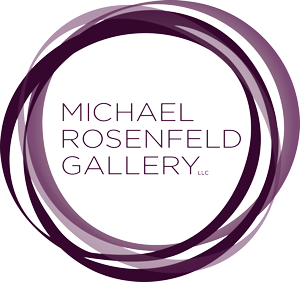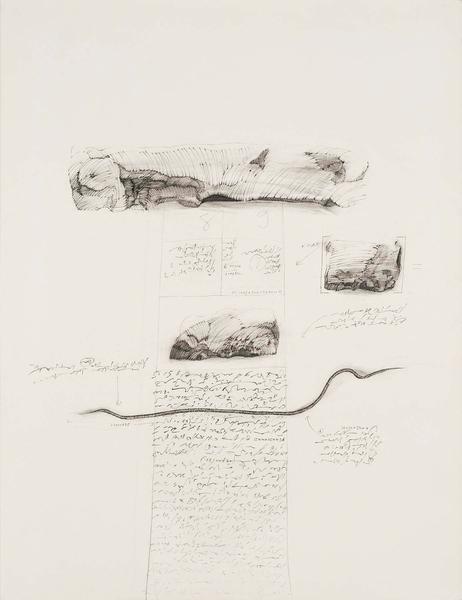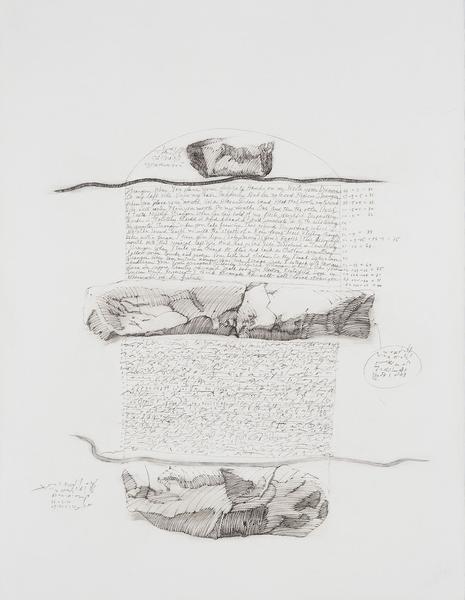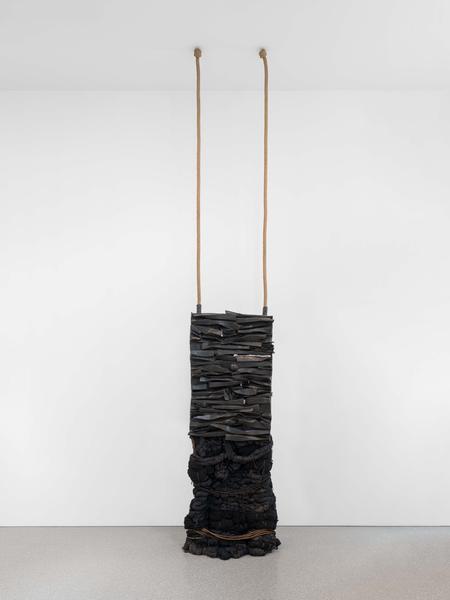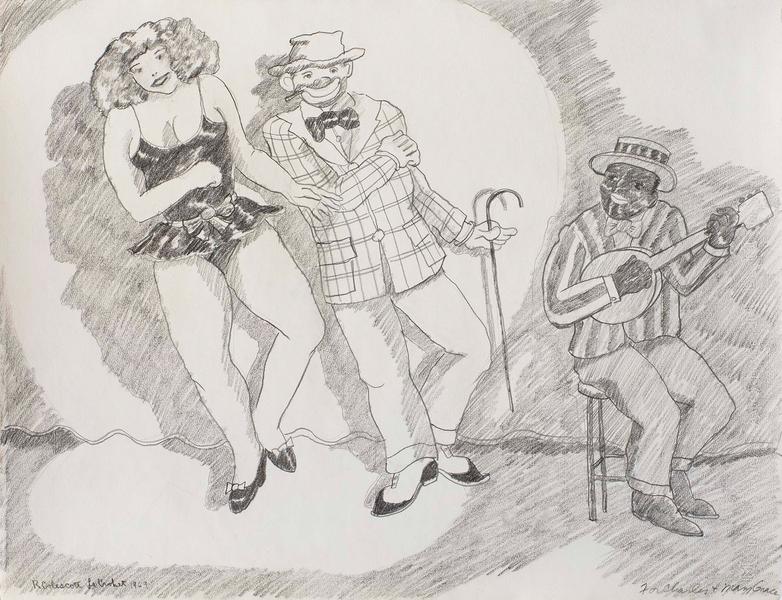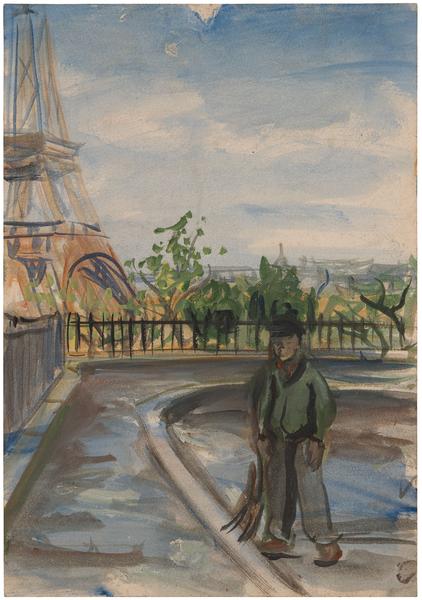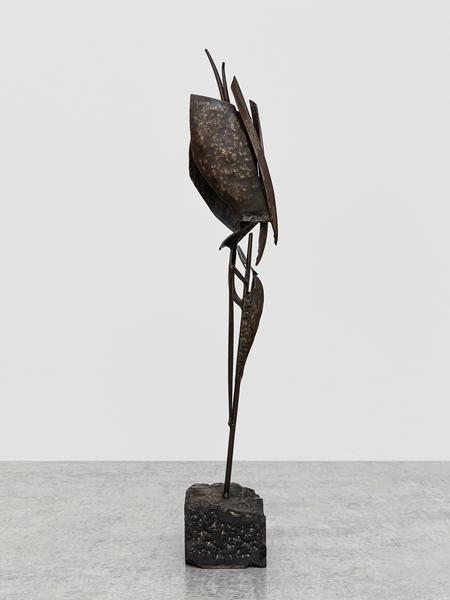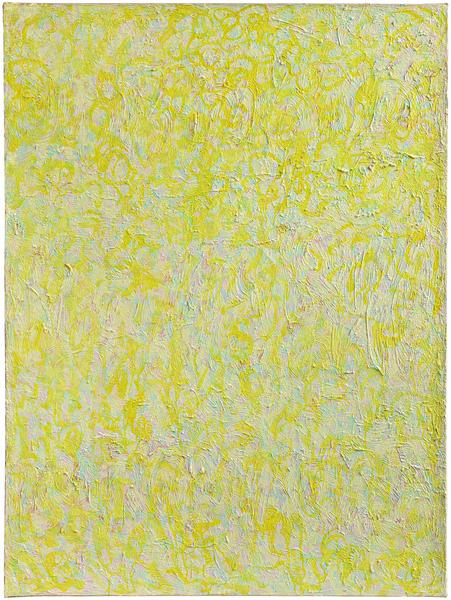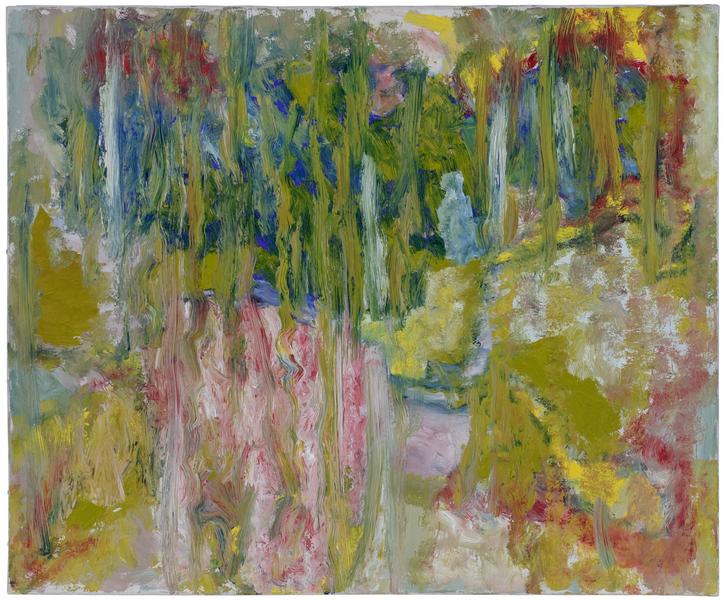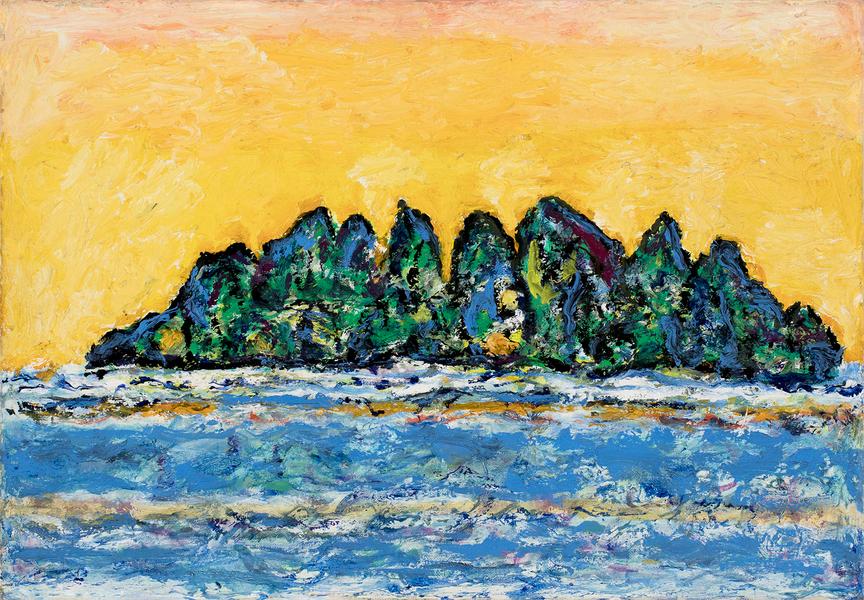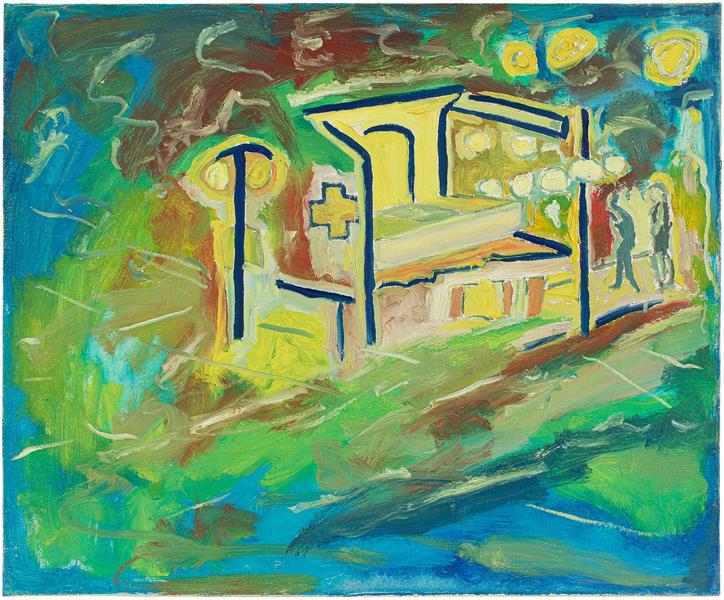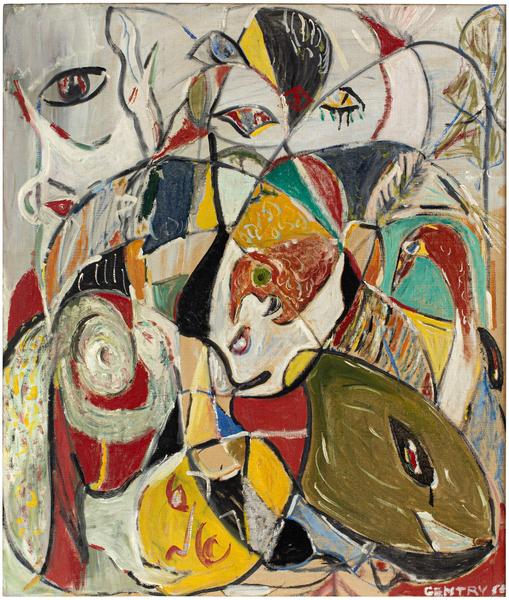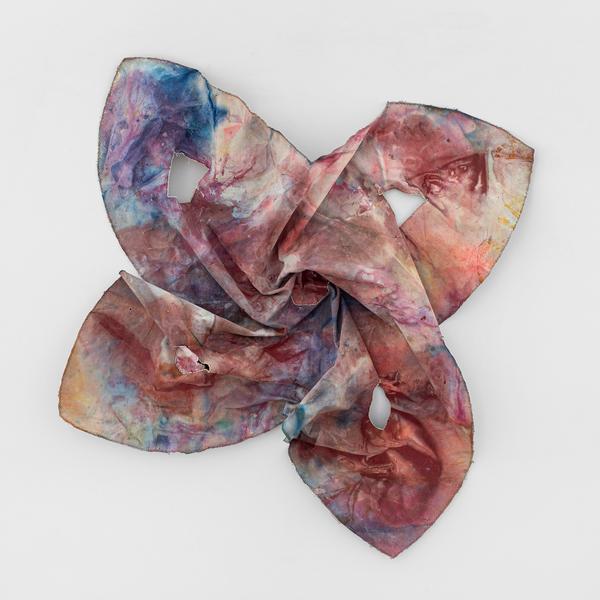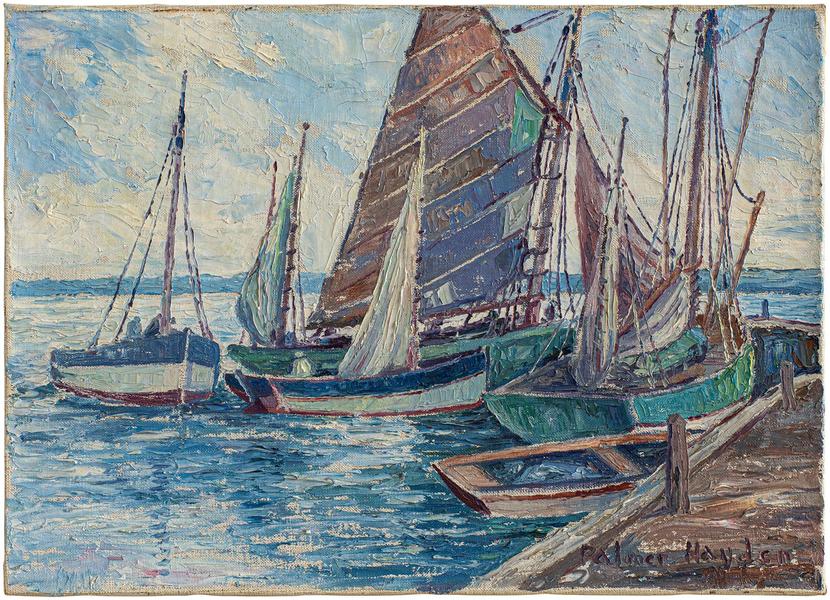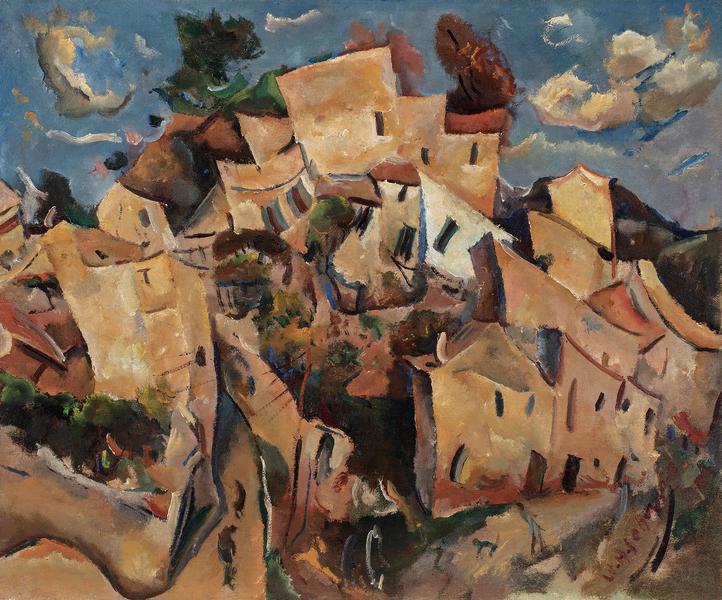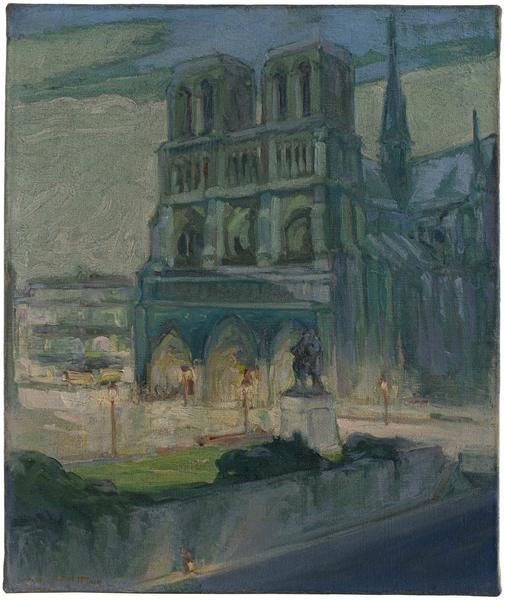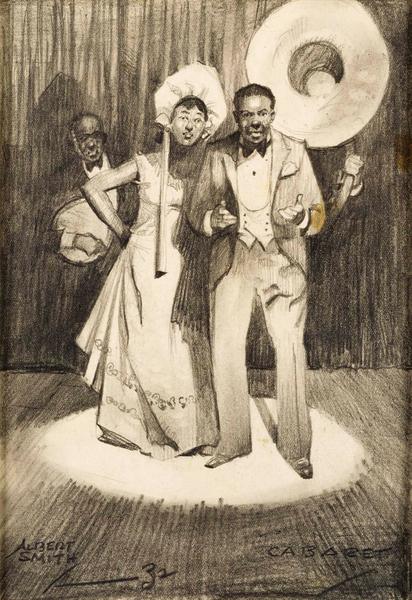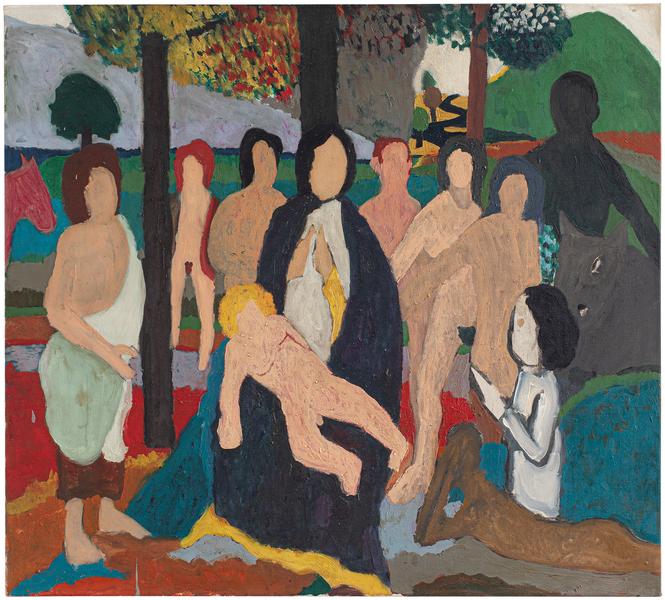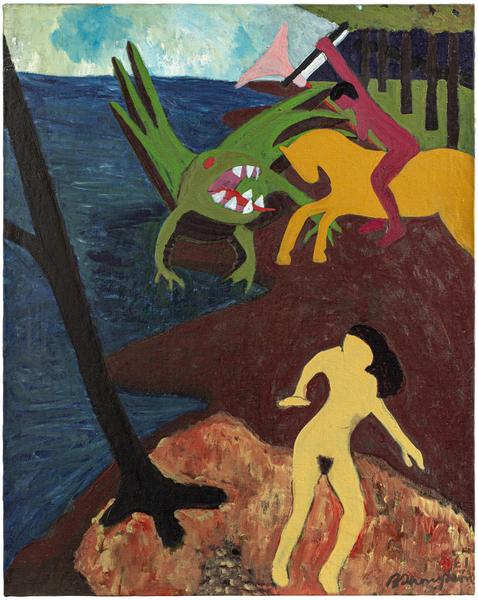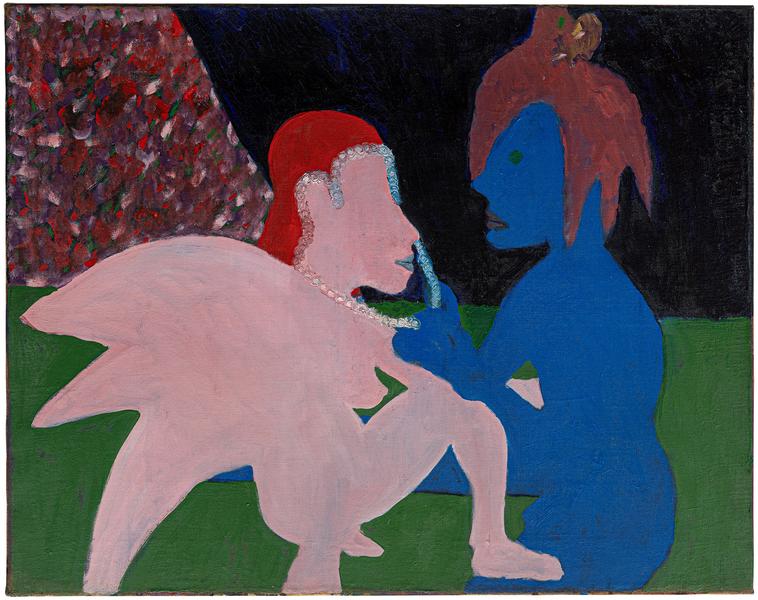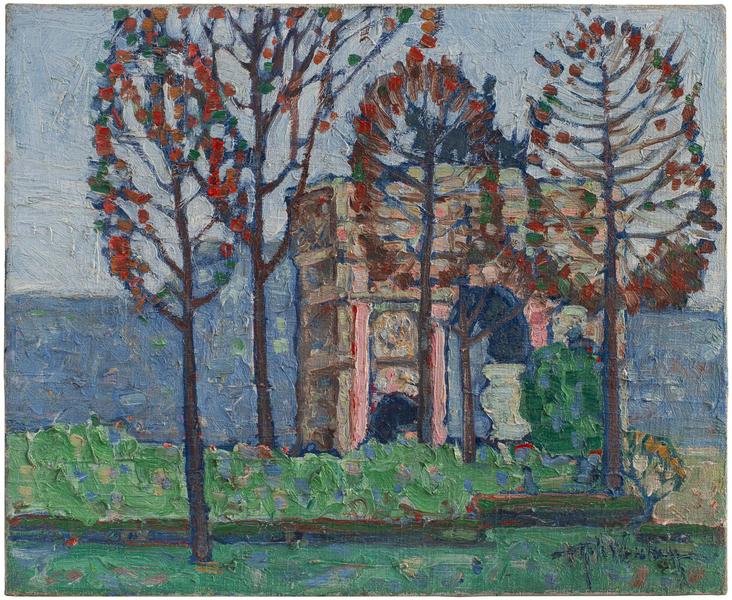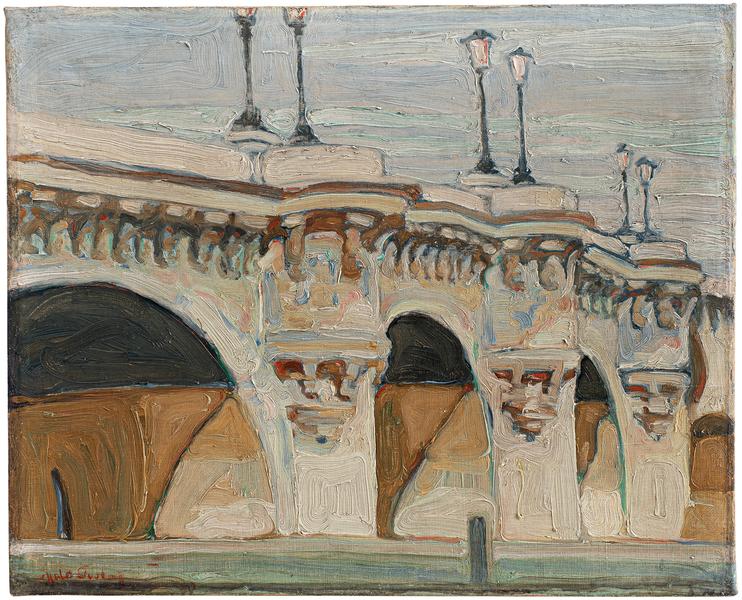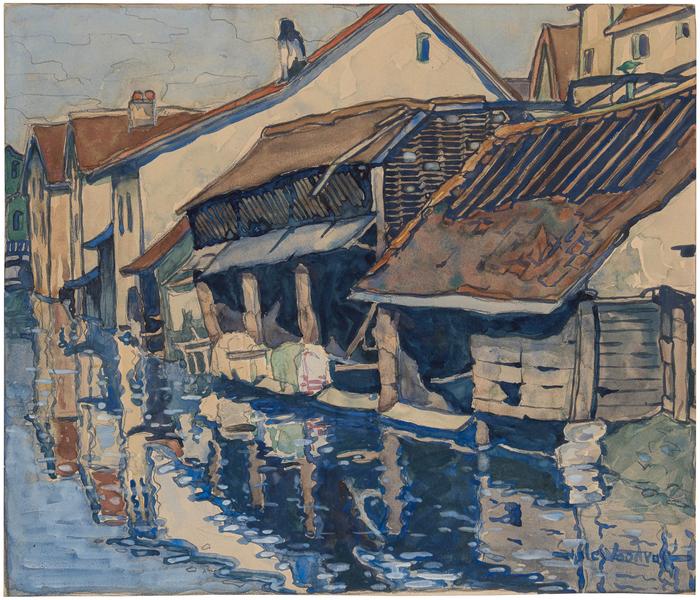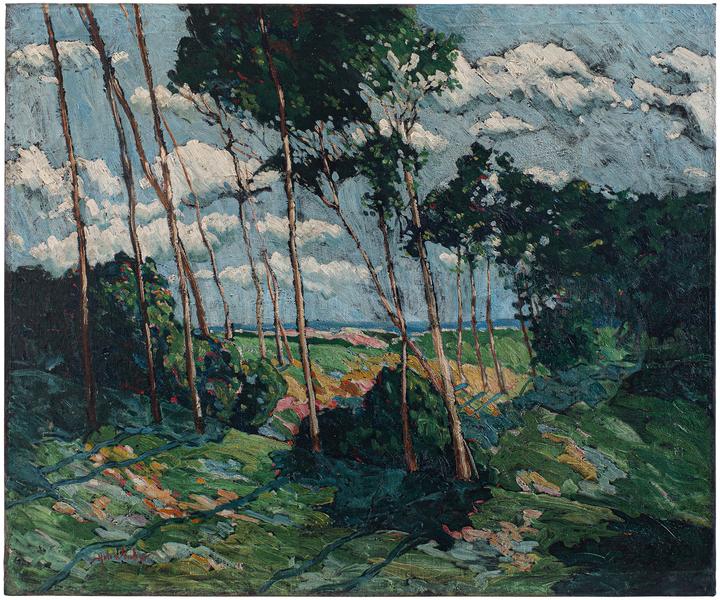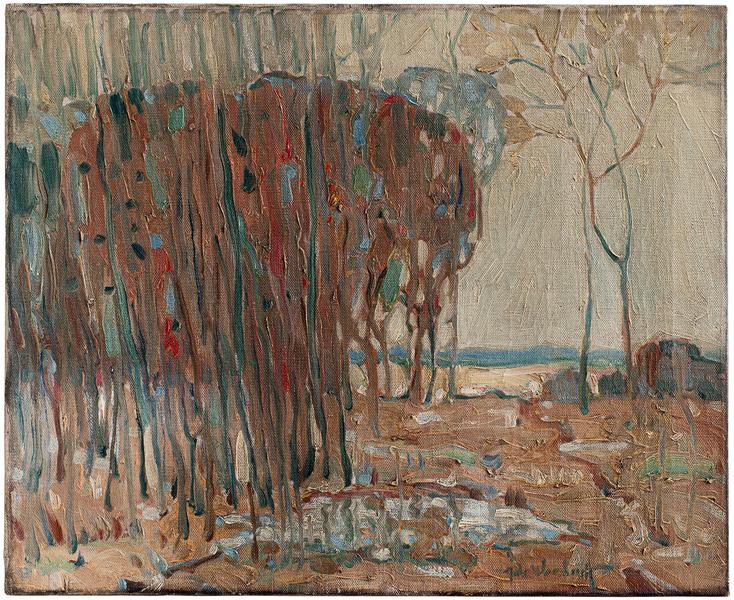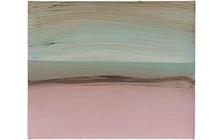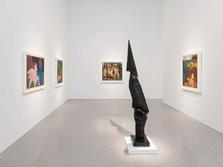“There is a breadth, a generosity, an obsolete cosmopolitanism about her [France's] recognition of the fine arts, which bars no nationality, no race, no school, or variation of artistic method. All she asks is that the art shall be true, in other words that it shall set forth life.”—Henry Ossawa Tanner, 1908 [1]
“Life in Paris offers me the anonymity and objectivity to release long-stored memories of sorrow, and the beauty of the difficult effort to release and orchestrate in form and color a personal design. Being in France gives time for reflection. One never leaves home if one was never there.”—Beauford Delaney, 1966 [2]
Michael Rosenfeld Gallery is proud to present Bienvenue: African American Artists in France, a historical survey of seventeen Black American artists who lived and worked in France from the late nineteenth century through the present. Complementing the landmark exhibition Paris Noir: Artistic circulations and anti-colonial resistance, 1950–2000, on view at the Centre Pompidou through June 30th, Bienvenue offers an expanded look into the presence of Black American artists in France, many of whom were seeking respite from the systemic racism that limited their opportunities for education and the recognition of their work in the United States. Where Paris Noir encompasses artists of the larger African diaspora working in the second half of the twentieth century, Bienvenue: African American Artists in France focuses specifically on American artists, and spans nearly eight decades in its chronological scope, beginning with a 1912 painting by Henry Ossawa Tanner (1859–1937) and ending with a 1989 sculpture by Barbara Chase-Riboud (b.1934).
Bienvenue: African American Artists in France features works by Richmond Barthé (1901–1989), Barbara Chase-Riboud (b.1934), Ed Clark (1926–2019), Robert Colescott (1925–2009), Harold Cousins (1916–1992), Beauford Delaney (1901–1979), Herbert Gentry (1919–2003), Sam Gilliam (1933–2022), Palmer Hayden (1890–1973), Richard Hunt (1935–2023) William H. Johnson (1901–1970), Augusta Savage (1892–1962), William Edouard Scott (1884–1964), Albert Alexander Smith (1896–1940), Henry Ossawa Tanner (1859–1937), Bob Thompson (1937–1966) and Hale Woodruff (1900–1980).[3]
Widely regarded as the patriarch of Black American artists, Henry Ossawa Tanner remains a foremost painter of the nineteenth and early twentieth centuries and the first Black American artist to achieve international fame. His relocation from Philadelphia to Paris in 1891 set a precedent that would inspire future generations of Black American artists to train, reside, or sojourn in France, including Harlem Renaissance master William Edouard Scott, who studied under Tanner from 1910–13. Likewise, Palmer Hayden, Augusta Savage, and Hale Woodruff each sought an audience with the elder master during their time in France in the 1920s and 1930s. In addition to invaluable advice on navigating the mores of French society, Tanner also provided guidance on painting techniques and openly shared his understanding of art. In a 1970 issue of The Crisis, Woodruff recalled his formative encounter with Tanner in 1928. Traveling to the small town in Picardy where Tanner lived in semi-retirement, Woodruff introduced himself to “a remarkable man of profound intelligence and scholarship,” who welcomed the young artist into his home. Upon asking who had most inspired him in the Parisian museums, Woodruff recalled Tanner’s nomination of Claude Monet and Paul Cézanne as the most important painters of the modern age, elaborating:
“Remember that light can be many things: light for illuminating an object or for creating a mood; for purposes of dramatization as in a theatrical production. For myself, I see light chiefly as a means of achieving a luminosity, a luminosity not consisting of various light-colors but luminosity within a limited color range, say, a blue or blue-green. There should be a glow which indeed consumes the theme or subject. Still, a light-glow which rises and falls in intensity as it moves through the painting. It isn’t simple to put into words.”[4]
Though the country was not free of racism, France generally afforded Black artists and intellectuals greater respect and more opportunities than the United States during the late nineteenth and twentieth centuries. Such was the environment that prompted James Baldwin to make Paris his home in 1948, and he spent the ensuing years encouraging his good friend Beauford Delaney to join him. Delaney eventually agreed, moving from his Greene Street loft in Greenwich Village to Montparnasse in 1953. Delaney would remain in the vicinity of Paris for the remainder of his life, composing a singular body of gestural, chromatically nuanced abstractions and a celebrated series of portraits that reflect the creative and spiritual inspiration he felt in the European capital. “I left New York for Paris in 1953, and I have painted with greater freedom ever since,” Delaney wrote some ten years after leaving the United States. “I tried to paint light, different kinds of light, and my painting has been associated with ‘abstraction.’ But there are no precise limits for me between ‘abstract’ and ‘figurative’ paintings and I have always continued to paint portraits of friends.”[5] Delaney is a particularly strong presence in Paris Noir, which features twelve paintings by the artist, eight of which are on loan from Michael Rosenfeld Gallery.
While Paris has always been a cultural hub for creatives and intellectuals, many artists featured in Bienvenue traveled to the countryside or coast to paint, following the tradition of the Impressionist and modernist masters that inspired them. The exhibition offers key examples of this tradition, including maritime paintings by Palmer Hayden and a coastal scene by Tanner executed along the coast of Brittany; a seminal painting by William H. Johnson depicting the idyllic coastal town of Cagnes-Sur-Mer; a landscape portraying the island of Port-Cros off the French Riviera by Delaney; and a scene of the Eure river by Woodruff executed in Chartres.
The cosmopolitan hub of Paris was a natural attraction for Black American artists, who found the city’s architecture, social spaces, and creative circles to be rich sources of inspiration. Several works in the exhibition feature distinctly Parisian subjects, including Richmond Barthé’s iconic sculpture of Senegalese cabaret dancer Feral Benga; William Edouard Scott’s transcendent portrayal of Notre Dame; and a classic rendition of the Pont Neuf by Woodruff. Parisian nightlife is likewise a recurring theme of the exhibition; in addition to Barthé’s bronze portrait of Benga, drawings by Robert Colescott and Albert Alexander Smith depicting cabaret performances are also on view.
Opportunities for education and art training were another primary draw for many artists, particularly in the postwar era. The exhibition features two abstract paintings by Ed Clark, who enrolled at L'académie de la Grande Chaumière in 1952; major sculptures by Harold Cousins, who studied at Ossip Zadkine’s studio in 1949; and a quintessential abstract painting by Herbert Gentry, who likewise studied under Zadkine and at L'académie de la Grande Chaumière in the late 1940s. Four paintings by Bob Thompson will also be on view; executed during his first trip to Europe in 1961–62, these works testify to the hours Thompson spent at the Louvre and Paris’ many other museums, soaking up the compositional devices of the Old Masters and translating them into thoroughly contemporary paintings using his own unique expressionist voice.
Michael Rosenfeld Gallery is recognized for modern and contemporary art. Since its founding in 1989, the gallery has been committed to expanding the canon of American art by championing artists who have made vital contributions to surrealism, social realism, abstract expressionism, figurative expressionism, and geometric abstraction. Michael Rosenfeld Gallery’s dedication to presenting the work of nineteenth and twentieth century Black American masters is as longstanding as the gallery itself; in addition to dozens of solo exhibitions focused on Black American artists, the gallery organized the renowned annual exhibition series African-American Art: 20th Century Masterworks from 1993–2003.
[1] Henry Ossawa Tanner quoted in Dewey F. Mosby, Across continents and cultures: The Art and Life of Henry Ossawa Tanner (Nelson-Atkins Museum of Art, 1995), 7–8
[2] Beauford Delaney quoted in John Ashbery, “American Sanctuary in Paris,” ARTnews Annual vol. 31 (1966): 146
[3] Names in bold indicate that Michael Rosenfeld Gallery has presented solo exhibitions for these artists
[4] Tanner quoted in Hale Woodruff, “My Meeting with Henry O. Tanner,” The Crisis (June 1970), reprinted in Explorations in the City of Light: African-American Artists in Paris, 1945-1965, exh. cat. (New York: The Studio Museum in Harlem, 1996), 11
[5] Beauford Delaney, artist statement, “Beauford Delaney - Career as a Creative Artist,” c.1963, Beauford Delaney collection, Sc MG 59, Schomburg Center for Research in Black Culture, Manuscripts, Archives and Rare Books Division, The New York Public Library, New York, NY
